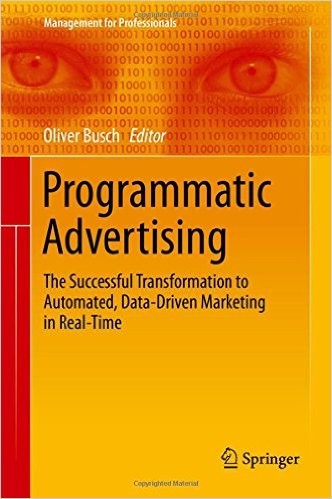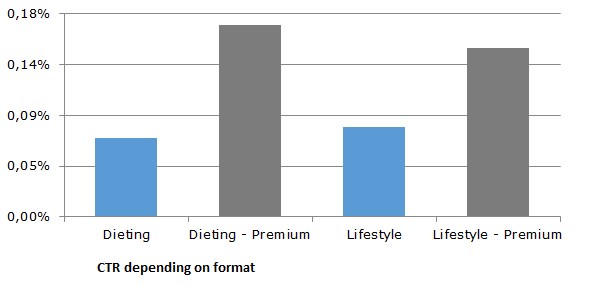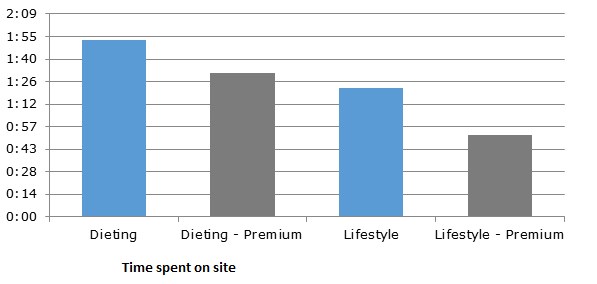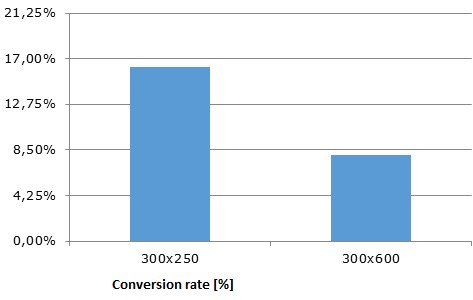CONTACT US
ProgSol, Programmatic Solution, s.r.o.
Karla Engliše 3201/6
Praha 5, 150 00
Sorry, this entry is only available in Czech.

Studies show us that number of smart devices is growing. However, that is not all. Users often use more than one device to complete a task (e.g. purchase).
That is the reason why systems for linking devices are more and more important for marketing managers. They need to understand which type and combination of devices customers use, and how the customer completes the purchase. The time when a customer used only one device is long past.
A few systems for cross device targeting and analysing have been developed in the last few years. Let`s look at these systems: how they work and how it is possible to use them.
There are two basic principles of identifying one user over multiple devices.
The deterministic model comes from the unique identification of the user. It is possible for the user to login to any area of a website and use it on one’s desktop and one’s smartphone.
The absolute leaders in this area are social networks and especially facebook. Social networks are unusable without a login. Furthermore, people spend a lot of time on this type of content and use more devices. More than on other types of content and services.
Quite a large number of users who log-in from multiple devices have Google and maybe Amazon or several others as well.
Unfortunately, other publishers do not have such strong possibilities to link a user’s devices through login.
The probabilistic model comes from an analysis of human behaviour and statistics. We can see “signals” like an IP address, a geo-location, frequency of visits to a page, types of devices and many more. From these signals we can create a model of how to link devices.
Let`s look at an example. Imagine four type of devices:
Our goal is link the smartphone and notebook of person A and exclude links to the smartphones used by persons B and C.
For simplification we haven’t mentioned devices like tablets or smart TVs which are used by more consumers.
The typical signals that we can see are… At 7:00 p.m. all devices are in one place – the family is at home. However, later they divide and the father with the smartphone and notebook will have a different IP and geo-location at work. The child`s smartphone will be seen at a school’s IP and the woman may be in a cafe. We can also see how other people at the same location and same IP are behaving.
These and others signals show us any probability of linking the devices. Signals are continuous and probability is still re-counting. If it reduces, the link is closed.
This process gives us a high probability that devices are linked correctly, but we can never be certain.
The Nielsen research company carried out research for two concrete systems. The success rate of correct links was more than 90%. But there were only 10% linked devices. So from 100 devices only 10 were linked.
One great example is a facebook campaign. If you, as a customer with notebook, visit a page (eshop) which has applied a facebook pixel you will be retargeted with their ads on facebook. You can see these ads on your smartphone as well.
Facebook is concerned with frequency – how many times you will see the ads regardless of on which device you will consume it. Facebook will report to the advertiser on which devices and what average frequency the ads were shown.
Unfortunately on other sites it is not so easy and advertisers have to use a platform (system) which can work with cross devices and is not on a publisher site but an advertiser one. This could typically be Data Management Platform (DMP). It is possible to integrate these DMP to other systems like DSP, AdWords, facebook ads etc.
Cross device can help with better campaign management, e.g.:
It is possible to manage all these points without cross device, but with it we can obtain better results.
A nice example of using cross device can be seen in this video:
 In 2016, one of the first books about programmatic advertising was published. I knew I couldn’t miss out on this book, and I’m glad that I didn’t. Here are a few of my personal observations.
In 2016, one of the first books about programmatic advertising was published. I knew I couldn’t miss out on this book, and I’m glad that I didn’t. Here are a few of my personal observations.
If you consider yourself a programmatic insider, I definitely recommend that you read this book. It describes the fundamental principles of programmatic advertising and surveys the entire field without focusing on any specific technology or area of use. Although this book is not useful for solving particular technical problems, it will start you thinking and will expand your view of the whole field. It’s as if you have been traveling only within your specific area, and then one day someone puts you on a plane and shows you how your area fits into a larger whole. Only then can you see everything happening around you which you do not normally see.
Thus, it is useful for people in all areas: publishers, advertisers, agencies, and technology partners. A total of 45 industry experts helped to compile 22 professional chapters. The authors are representatives of well-known brands, such as Rubicon Project, ZenithOptimedia, SAP, TheAdex, Facebook, MediaMath, Criteo, Xaxis, LiveRail, Dentsu Aegis, Axel Springer, GfK, Adform, and many others.
I think that the largest contribution made by this book is that it provides a comprehensive view of the entire field of programmatic advertising. It describes the basics, including historical ties to previous technologies and marketing practices, and predicts how the field will develop in the future.
I definitely recommend this book to anyone who wants to work in programmatic advertising.
Editor: Oliver Busch
Publisher: Springer International Publishing Switzerland
Sorry, this entry is only available in Czech.

Are you buying more expensive placements and formats for higher prices in the hopes of higher CTR and conversions? Or do you prefer buying cheaper formats and more impressions?
We compared these two types of strategy for one of our clients.
In a prospective campaign (for new customers) we compared these two types of formats on CPEx inventories:
CPEx covers Czech premium publishers. We bought ad placements and 3rd party data to target:
The floor price for premium formats was higher than the standard-format price by +20kč CPT (0,74 Eur).
So, the price of the premium format was 50% higher. Here are the CTR data we collected:

Because of better CTR, premium formats have better CPC (cost per click):

Well, it looks like buying the bigger format is cheaper – in the CPC model. BUT…
Using Google Analytics, we looked at how people behave on landing pages by comparing their time spent on a site with the number of pages they visited:


For both the targeted segments, smaller formats provided better visit quality. So, are people who click on smaller formats more interested in the content of the ad?
We also took a look at conversion rates for retargeting campaigns for two formats:

Smaller formats had twice the conversion rate of larger formats. The data were similar for other formats. We do not have data for extra-small formats (e.g. 468×60, 300×50…) because we do not use them.
Sorry, this entry is only available in Czech.
Sorry, this entry is only available in Czech.
Sorry, this entry is only available in Czech.
Sorry, this entry is only available in Czech.
Sorry, this entry is only available in Czech.
ProgSol, Programmatic Solution, s.r.o.
Karla Engliše 3201/6
Praha 5, 150 00


